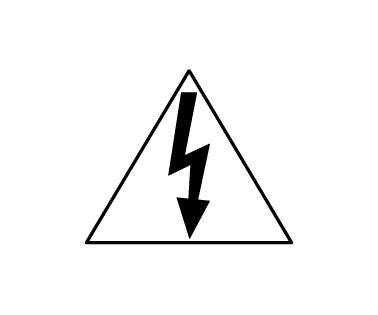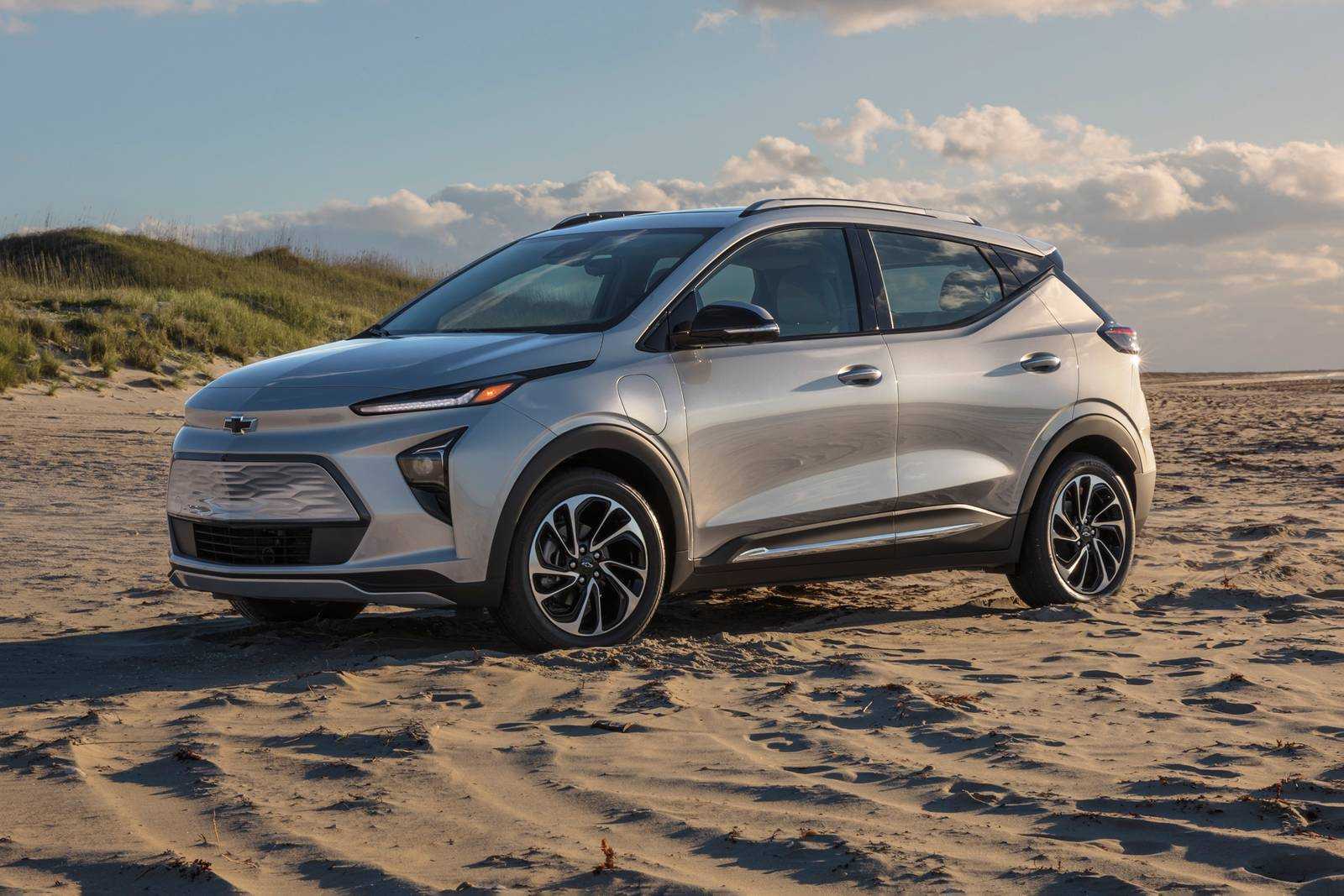2023 Chevrolet Bolt EUV Charging Override User Guide
The Chevrolet Bolt EUV 2023 is an electric crossover SUV that comes with various features to enhance the driving experience. One of these features is the charging override function, which permits the driver to override the vehicle’s charging schedule and immediately start charging the battery. This feature is beneficial in situations where the driver needs to quickly charge the vehicle or has an unexpected change in plans. Through the vehicle’s infotainment system, the charging override function can be activated, allowing the driver to effortlessly access and control the charging process. In summary, the charging override function in the Chevy Bolt EUV charger offers drivers increased flexibility and convenience when it comes to charging their vehicle. The Chevy bolt charger yellow light typically indicates a charging issue or fault. It could signal problems with the charging connection, power supply, or the vehicle’s charging system. This warning prompts drivers to inspect the charging equipment or consult a technician for further assessment and resolution.
2023 CHEVROLET BOLT EUV Specs, Price, Features, Mileage
Charging Override
To temporarily override a delayed charge event, unplug the charge cord from the charge port and then plug it back in within five seconds. A single audible chirp will sound and charging will begin immediately. To cancel a temporary override, unplug the charge cord, wait for 10 seconds, and then plug the charge cord back in. A double audible chirp will sound and charging will be delayed. See Programmable Charging 0 94 for advanced charge scheduling options.
Charging Status Feedback
The vehicle has a Charging Status Indicator (CSI) at the center of the instrument panel near the windshield. When the vehicle is plugged in and vehicle power is off, the CSI indicates the following:
- Short Flashing Green – Vehicle is plugged in. Battery is not fully charged. Flash rate increases from one to four flashes as battery charges.
- One Flash: 0–25% Charge
- Two Flashes: 26–50% Charge
- Three Flashes: 51–75% Charge
- Four Flashes: 76–100 Charge
- Long Flashing Green – The vehicle is plugged in. The battery is not fully charged. Battery charging is delayed.. Solid Green – Vehicle is plugged in.
Battery is fully charged. - Solid Yellow – Vehicle is plugged in. It is normal for the CSI to turn yellow for a few seconds after plugging in a compatible charge cord. The CSI may stay solid yellow longer depending on the vehicle and if there is a total utility interruption. See Utility Interruption of Charging 0 233. This may also indicate that the charging system has detected a fault and will not charge the battery.
If the vehicle is plugged in and vehicle power is on, the CSI will flash or will be solid green, depending on the charge level.
If the vehicle is plugged in and the CSI is off, a total utility interruption or a charging fault has been detected. A message displays if the vehicle is not able to charge.
Following is the vehicle feedback when the charge cord is plugged in.
| Charging Status Indicator | Sound | Action/Reason |
| Short Flashing Green (flash rate increases from one to four as the battery charges) | One audible chirp | Vehicle is charging. |
| Long Flashing Green | Two audible chirps | Charging is delayed by Programmable Charging or by a total utility interruption if equipped. Charging will begin later. |
| Short Flashing Green (one to four flashes depending on charge level) | Two audible chirps | Vehicle is charging but will be delayed by Programmable Charging at least once before the charge is complete. |
| Solid Green | None | Charging is complete. |
| Yellow (upon plug-in) | None | Charge cord is OK and the vehicle is preparing to charge. |
| Yellow (for extended time period after plug-in) | None | Charge cord is OK, but the vehicle is not charging. This may be due to a total utility interruption, and charging will begin later. This may also occur if the vehicle has detected a high-voltage charging system fault. |
| Short Flashing Green (from one to four flashes depending on charge level) or Long Flashing Green | Four audible chirps | Insufficient time to fully charge by departure time due to the selected rate preference.
To increase the battery state of charge at the departure time, perform a delayed charging override. |
| Charging Status Indicator | Sound | Action/Reason |
| None (upon plug-in) | None | Check charge cord connection. |
| None (after Green or Yellow CSI observed) | None | Check charge cord connection. If the connection is good, this may be due to a power failure or a total utility interruption, and charging will begin later. This may also occur if the vehicle has detected a high-voltage charging system fault. |
| None | Repeated audible chirps
To disable this feature, see “Charge Power Loss Alert” under Programmable Charging 0 94. To stop this alert, do one of the following: ● Unplug the charge cord. ● Press K on the RKE transmitter. ● Press and hold 7 on the RKE transmitter, then press again to stop the panic alarm. ● Press the horn pad. |
Electricity was interrupted before charging was complete. Repeated chirps will stop if power is restored within 90 seconds. |
| None | Three audible chirps | Charge port door is open. |
Charge Cord IMPORTANT SAFETY INSTRUCTIONS
IMPORTANT SAFETY INSTRUCTIONS
This symbol indicates risk of electrical shock if misused. See Radio Frequency Statement 0 309.
A portable charge cord used to charge the vehicle high voltage battery is stored under the load floor in the rear cargo area.
- 120 Volt Wall Plug (240 volt Plug Similar)
- Charge Cord Status Indicator
- Vehicle Plug Latch
- Release Button
Important Information about Portable Electric Vehicle Charging
- Charging an electric vehicle can stress a building’s electrical system more than a typical household appliance.
- Before plugging into any electrical outlet, have a qualified electrician inspect and verify the electrical system (electrical outlet, wiring, junctions, and protection devices) for heavy-duty service at a 12 amp continuous load for 120-volt charge and 32 amp for a 240-volt charge.
- Electrical outlets may wear out with normal usage or may be damaged over time, making them unsuitable for electric vehicle charging.
- Check the electrical outlet/plug while charging and discontinue use if the electrical outlet/plug is hot, then have the electrical outlet serviced by a qualified electrician.
- When outdoors, plug into an electrical outlet that is weatherproof while in use.
- Mount the charge cord to reduce strain on the electrical outlet/plug.
- Do not place the charge cord in a position where it is expected to be submerged in water.
Danger
Improper use of portable electric vehicle charge cords may cause a fire, electrical shock, or burns, and may result in damage to property, serious injury, or death.
- Do not use extension cords, multi-outlet power strips, splitters, grounding adaptors, surge protectors, or similar devices.
- Do not use an electrical outlet that is worn or damaged, or will not hold the plug firmly in place.
- Do not use an electrical outlet that is not properly grounded.
- Do not use an electrical outlet that is on a circuit with other electrical loads.
Warning
When using electric products, basic precautions should always be followed, including the following:
- Read all the safety warnings and instructions before using this product.
Failure to follow the warnings and instructions may result in electric shock, fire, and/or serious injury. - Never leave children unattended near the vehicle while the vehicle is charging and never allow children to play with the charge cord.
- If the plug provided does not fit the electrical outlet, do not modify the plug. Arrange for a qualified electrician to inspect the electrical outlet.
- Do not put your fingers into the electric vehicle connector.
Warning
- To reduce the risk of fire, installations shall comply with the requirements of National Electric Code, ANSI/NFPA 70 (USA), Canadian Electrical Code CSA 22.1 and IEC 60364 – Electrical installations in buildings, depending on the region in which the unit is being installed. The installer shall comply with any additional local requirements mandated by the country and/or municipality.
- Do not use this product if the flexible power cord or the electric vehicle cable is frayed, has broken insulation, or shows any other signs of damage.
- For Canada only: Not for use in commercial garages.
- Do not use this product if the enclosure or the vehicle plug is broken, cracked, open, or shows any other indication of damage.
- The plug must be plugged into an appropriate electrical outlet that is properly installed in accordance with all local codes and ordinances. Do not modify the plug provided with the product. If the plug does not fit the electrical outlet, have a proper electrical outlet installed by a qualified electrician. If the ground is missing, the charge cord indicators will indicate an electrical system fault and the vehicle may not charge.
Charge Cord Status Indicators
Refer to the instructions that come with the dual-level charge cord. Do not lose these instructions.
FAQ
What is the charging override function in the Chevrolet Bolt EUV 2023?
The charging override function in the Chevrolet Bolt EUV 2023 allows the driver to override the vehicle’s charging schedule and immediately start charging the battery.
How does the charging override function work?
The charging override function is activated through the vehicle’s infotainment system, allowing the driver to easily access and control the charging process.
Why is the charging override function useful?
The charging override function is useful in situations where the driver needs to quickly charge the vehicle or has an unexpected change in plans.
Can the charging override function damage the vehicle’s battery?
No, the charging override function is designed to safely charge the vehicle’s battery without causing damage.
What is the charging time for the Chevrolet Bolt EUV 2023?
The charging time for the Chevrolet Bolt EUV 2023 may vary depending on the charging method and the state of charge of the battery. The vehicle is capable of fast charging, which can provide up to 100 miles of range in approximately 30 minutes.
What is the range of the Chevrolet Bolt EUV 2023?
The range of the Chevrolet Bolt EUV 2023 is approximately 250 miles on a full charge.
What is the maximum charging capacity of the Chevrolet Bolt EUV 2023?
The maximum charging capacity of the Chevrolet Bolt EUV 2023 is 11 kW.
Can the Chevrolet Bolt EUV 2023 be charged at home?
Yes, the Chevrolet Bolt EUV 2023 can be charged at home using a Level 2 charging station.
Can the Chevrolet Bolt EUV 2023 be charged at a public charging station?
Yes, the Chevrolet Bolt EUV 2023 can be charged at most public charging stations.
Is the charging cable included with the Chevrolet Bolt EUV 2023?
Yes, the Chevrolet Bolt EUV 2023 comes with a charging cable for Level 1 and Level 2 charging.
Can the Chevrolet Bolt EUV 2023 be charged using DC fast charging?
Yes, the Chevrolet Bolt EUV 2023 is capable of DC fast charging.
What is the warranty for the battery in the Chevrolet Bolt EUV 2023?
The battery in the Chevrolet Bolt EUV 2023 comes with an 8-year/100,000-mile warranty.
How much does it cost to charge the Chevrolet Bolt EUV 2023?
The cost to charge the Chevrolet Bolt EUV 2023 may vary depending on the electricity rates in the area.
Can the Chevrolet Bolt EUV 2023 charge while driving?
No, the Chevrolet Bolt EUV 2023 cannot charge while driving.
Is the Chevrolet Bolt EUV 2023 eligible for any tax credits?
Yes, the Chevrolet Bolt EUV 2023 is eligible for a federal tax credit of up to $7,500.
Useful Link
View Full User Guide: Chevrolet Bolt EUV 2023 User
Download Manuals: https://www.chevrolet.com/support/vehicle/manuals-guides


